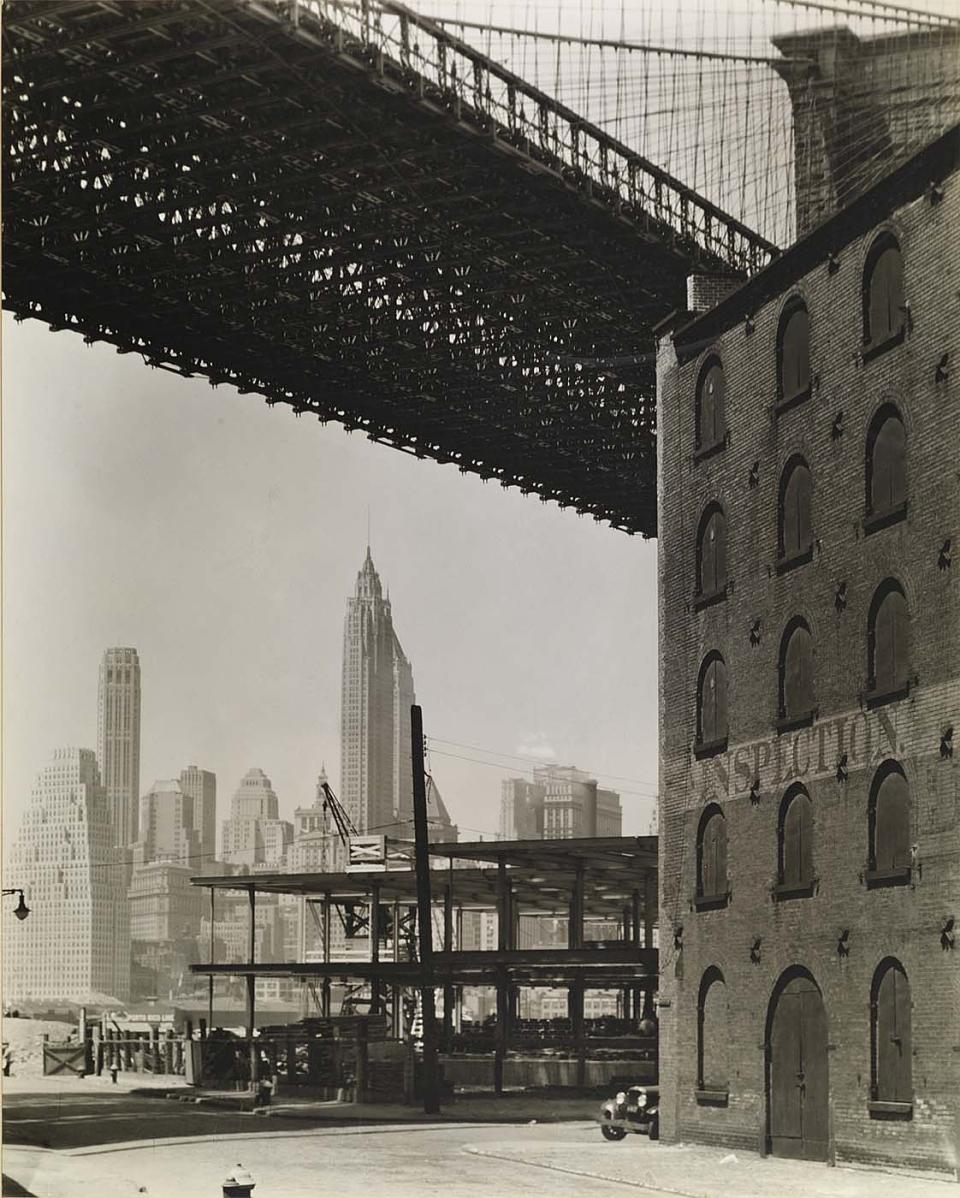

"What kind of highway signs did they have in Minnesota in 1934?" was just one of the questions Ann Prentice Wagner, guest curator of the exhibition 1934: A New Deal for Artists, needed to answer to place the paintings in context. "I was asking and answering questions of the kind that I hadn't had previously," Wagner told an enthusiastic audience who attended her lecture the other night at American Art.
The exhibition marks the seventh-fifth anniversary of the Public Works of Art Project, a short-lived New Deal program that began in December 1933 and shut its doors the following June. (The Federal Works Project—same idea, different program--began in 1935 and ended in 1943.) Artists were employed to create artworks that would adorn public buildings and received weekly paychecks to help keep them going during the Great Depression. In December 1933, thousands of artists became workers. They were free to riff on the theme of "the American Scene."
What's amazing to me is that artists joined the ranks of everyday workers, and their efforts were valued, and helping them was considered vital to reviving the nation's soul. "Artists were proud to be American workers, practical workers who produced something valuable for the country," Wagner said. "America could have lost a generation of artists, a grim prospect."
And what did they produce? Mostly scenes of American life in the city as well as in the countryside. You get Manhattan but you also get Minnesota. "They were showing you where they came from and where they worked. They were showing you what they knew best," added Wagner.
But they didn't just document, they often reinterpreted the scene. They were artists first. With the help of Berenice Abbott's black-and-white photographs taken in the mid-1930s in New York, for example, Wagner was able to show the actual setting for John Cunning's Manhattan Skyline. Not only did Cunning remove some coffee-factory signs from the sides of the warehouses and replace them with red brick, he also moved the Brooklyn Bridge to better fit his composition. Cunning, indeed!
In April 1934, five hundred works from the Public Works of Art Project were displayed at the Corcoran Gallery of Art in Washington, D.C., in an event hosted by President and Mrs. Roosevelt. Government agencies could choose artworks for their buildings. The Roosevelts chose thirty-two paintings for the White House, seven of which are on view in the exhibition, including the New York scene Christopher Street, Greenwich Village by Beulah Bettersworth. The current exhibition at American Art runs through January 3, 2010, followed by a national tour.


















